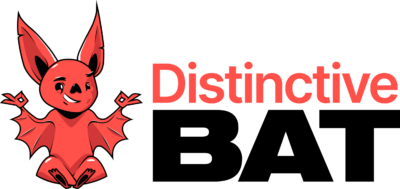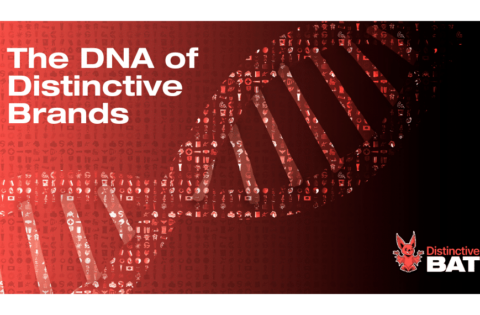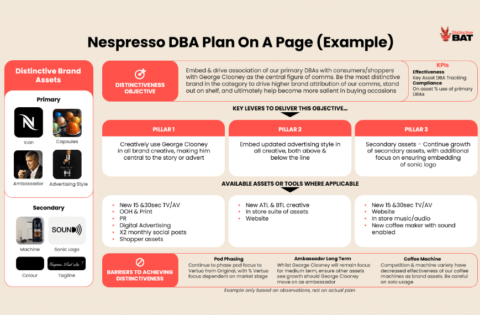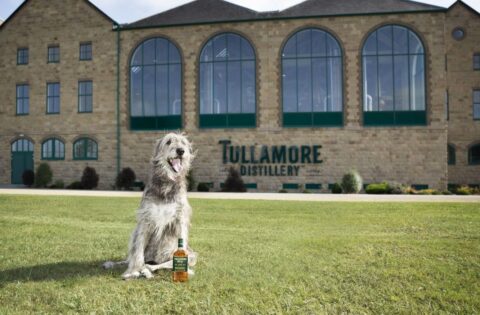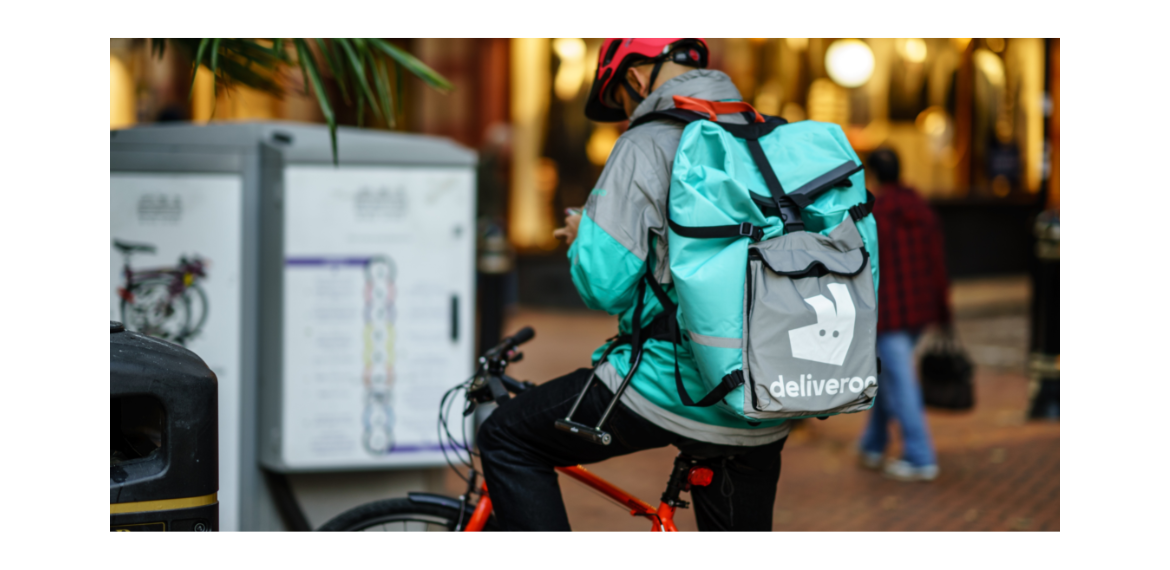
Distinctiveness Case Study – Food Delivery Brands U.K.
Distinctiveness Case Study – Food Delivery Brands U.K.
The food delivery business is a seriously competitive space, with the likes of Just Eat, Deliveroo, Grubhub, and Uber Eats all investing big to outmuscle each other (often at a loss), to win market share in order to become the dominant player. Ultimately, their aim is to use their economies of scale and double jeopardy advantage to start turning a big profit.
Using our Distinctive Brand Asset Tracking solution, we took a look at the four main players in the U.K. to see how distinctive they are. What brand assets are being recognised? How are these brands using different types of brand assets? And from a distinctiveness perspective, how they are set up for the future in maximising the effectiveness of their communications and media budget. This involved a quantitative research assessment of de-branded assets across a nationally representative sample of 750 U.K. category buyers, with the study taking place in early 2021.
Varied levels of distinctiveness
It is clear that Deliveroo and Just Eat are leading the pack with some very strong Distinctive Brand Assets.
Through consistent use in communications and across channels, Deliveroo has been able to strongly establish its logo, the colour teal, and their courier bag as unique and recognisable brand assets among the average takeaway consumer. This means that any time consumers come across a courier bag or indeed an advert for Deliveroo, the chances a consumer attributes it to the brand is significantly increased making their communications more effective and more memorable, helping refresh memory structures and ultimately helping the brand stay salient. Being salient, i.e. come to mind at the moment a consumer is thinking of ordering a takeaway, is pretty much the most important brand metric Deliveroo and competitors should want to improve.
Just Eat meanwhile has a similarly strong but more diverse range of distinctive assets; from colour pattern, to their catchy audio tagline to the use and strength of Snoop Dogg.
Uber Eats featured less prominently with lower levels of recognition amongst consumers i.e. their assets weren’t as familiar or known. However, when consumers did recognise some assets, a significant number knew they were from Uber Eats. We also researched assets belonging to the Food Hub however recognition levels were too low to conduct any meaningful analysis.
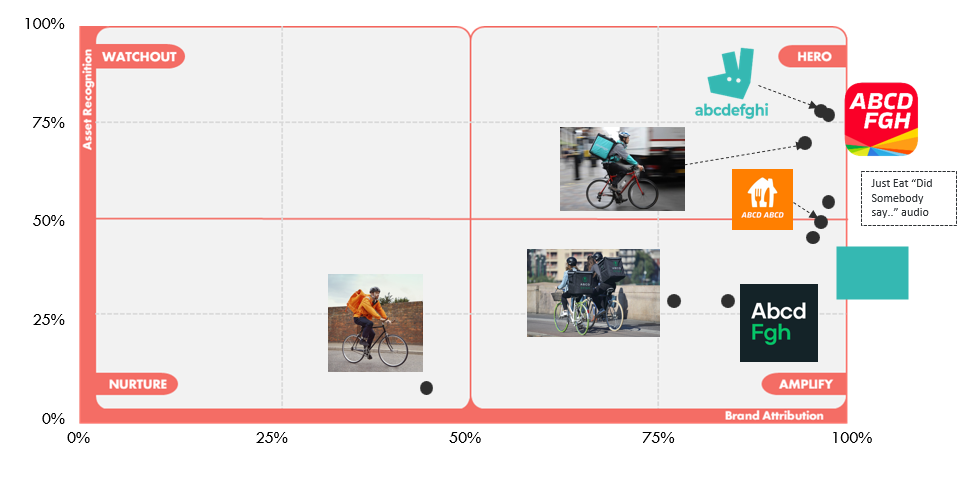
Distinctive Asset Measurement: Brand Research That Provokes Action
Used by some of the world’s most distinctive & leading brands






Deliveroo – Well-embedded assets with consistency paying off
Deliveroo is a great example of a brand consistent with its assets, being ruthless in the use of its teal colour and logo/icon across touchpoints. They have utilised the courier and delivery bag real estate very well, this is a highly recognised and attributed asset. The benefit of this shouldn’t be underestimated, all those thousands of Deliveroo drivers on the streets of the U.K. are driving millions of “impressions” daily. The combination of colour and icon is the real standout Distinctive Brand Asset for Deliveroo. Even their reflective courier bag had strong attribution, what started out as a night-time safety feature is potentially on its way to becoming a DBA itself. We also tested an old ad from Deliveroo that didn’t utilise the teal colour, this was recognised (i.e. felt familiar) by only 2% of those surveyed. Any deviation from the use of the colour teal in their communications would decrease ad recall, memorability and ultimately how effective their advertising will be. The slogan #HereToDeliver which was part of a 2020 campaign was also tested and was only recognised by 6% of respondents. This shows the difficulty in embedding slogans unless being significantly backed and consistently used over a long period of time à la Just Eat.
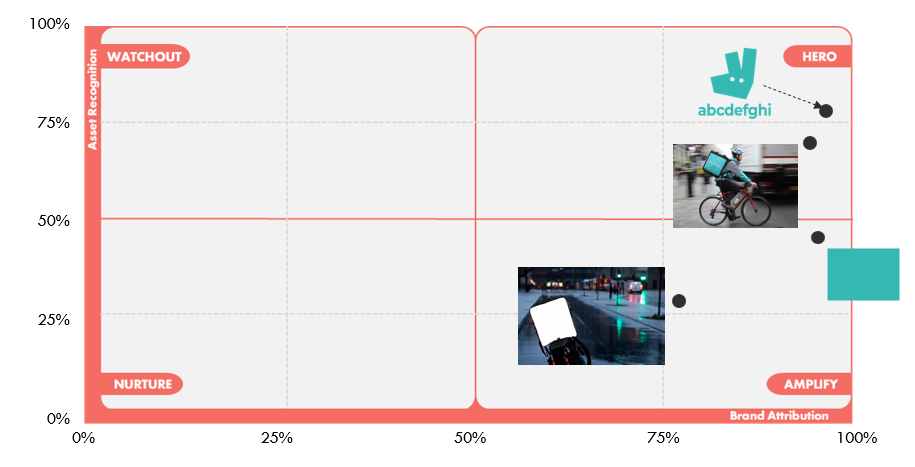
Just Eat – Diverse assets and great use of ambassador Snoop Dogg
Just Eat has a diverse range of distinctive assets that scored well. Snoop Dogg, who has appeared in several recent campaigns with significant media backing, is a very well-recognised asset with the majority of consumers knowing the relationship to Just Eat. This means that exposure to Snoop Dogg in a food/delivery context, even a momentary glance, is very likely to refresh Just Eat memory structures helping to keep the brand salient. This all means that media investment should have a higher ROI. While this is great news currently for Just Eat, it could provide challenges for the future as Snoop isn’t an owned asset (versus say the Geico Gecko). I’m sure there is an analyst somewhere running the numbers on the value the Snoop partnership brings in helping drive ROI, these results hint that the reported £5.3m cost for Snoop may have been a worthwhile investment.
Just Eat is a notable example of how to properly embed and utilise a tagline or slogan. The phrase “Did Somebody Say_______” (like all assets it was de-branded) is recognised and widely attributed to the brand, a strong Distinctive Brand Asset. However, with an Asset Recognition of 56%, there is still room for it to be more broadly known among the masses of light-category buyers.
There do also seem to be challenges with the brand refresh on the back of the Takeaway.com merger and global alignment, with the brand recently moving to a strong orange focus from its previous red and multi-coloured pattern. The old Just Eat Logo (de-branded) is still the most highly recognised brand asset, however the new logo impressively still features strongly. One reason for this, similar to all the brands in this research, must surely be down to the app icon featured on so many of our phones. With the potential challenges any brand refresh can bring, it appears that utilising Snoop was a clever play by the brand to coincide with the new brand assets providing a bridge between old and new.
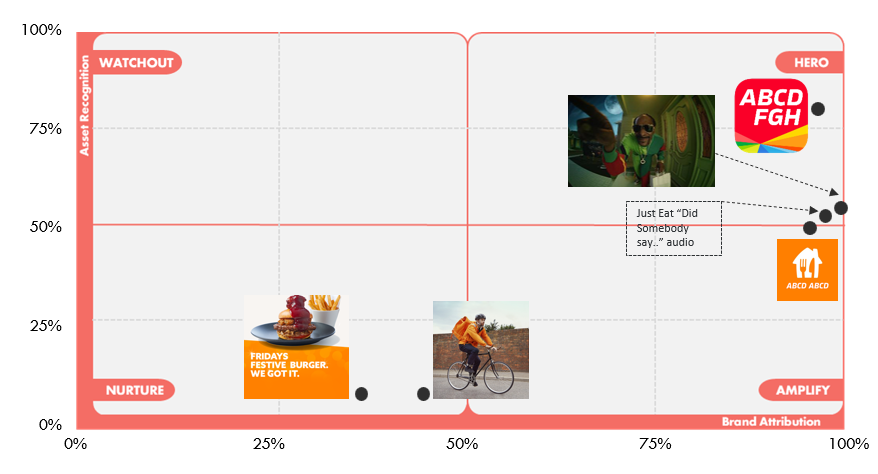
The DNA Of Distinctive Brands
Inspire your team and brand, by understanding how to achieve greater levels of distinctiveness with our guide to Distinctive Brand Assets
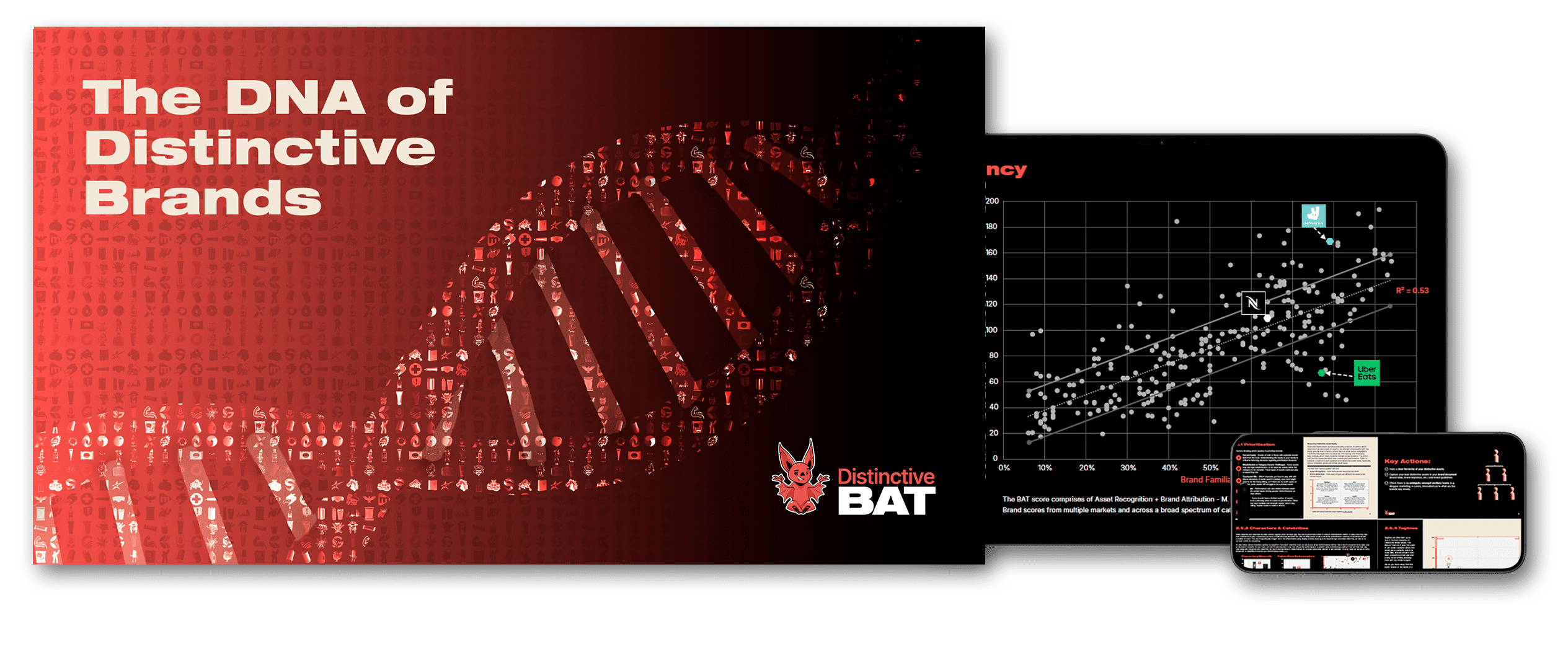
Uber Eats – Return on investment challenges?
While Uber Eats has similar penetration numbers to Deliveroo according to our findings (Last 12 Month Purchase), their brand assets are not as widely recognised as either Deliveroo or Just Eat. However, when respondents did recognise some assets as being from a brand within the category, a decent percentage were able to attribute them correctly to Uber Eats. The findings could suggest that there are some residual effects from the parent Uber brand in supporting this and/or recognition is only amongst people closer to the category and not the broader light buyer. Challenges do exist for Uber Eats and how distinctive the brand is within the category. Even if they were able to command Excess Share of Voice, Uber Eats may see lower ROI than their competitors driven by this lack of distinctiveness, ultimately impacting their ability to grow market share (with availability/distribution and creative quality also playing significant roles in ROI).
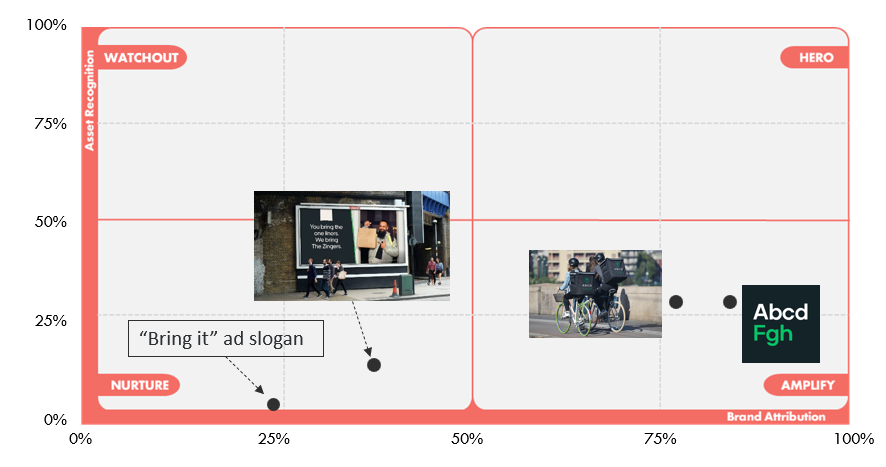
In summary Deliveroo and Just Eat are well set up, with Uber Eats having some potential distinctiveness challenges (in the U.K. at least). Unless Snoop is a long-term play for Just Eat, it would appear that the battle for the mind and stomach will be between teal and orange in the years ahead, with the smart brand one that is diverse and unlocks some further points of distinctiveness.
To understand more about how Distinctive Brand Assets help improve advertising effectiveness, check out this article. To find out how you can measure and track your Distinctive Brand Assets, contact us at Hello@DistinctiveBAT.com
Have any questions on Distinctive Brand Asset Research or Tracking? Drop me a message via LinkedIn or email at hello@distinctivebat.com
Distinctive Asset Measurement: Brand Research That Provokes Action

Used by some of the world’s most distinctive & leading brands






